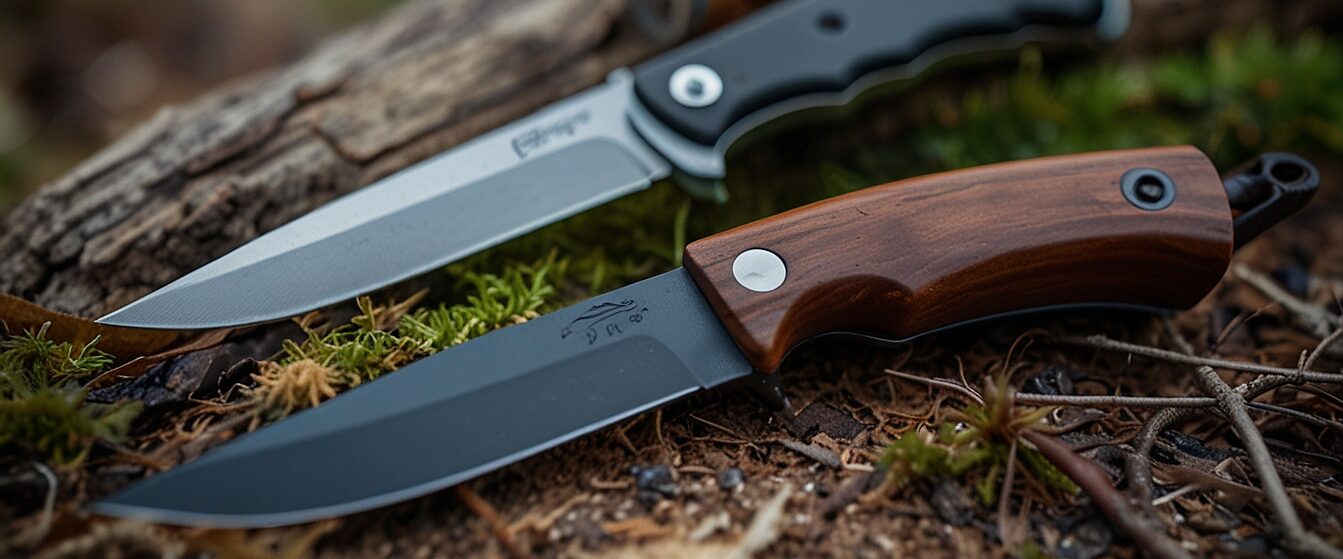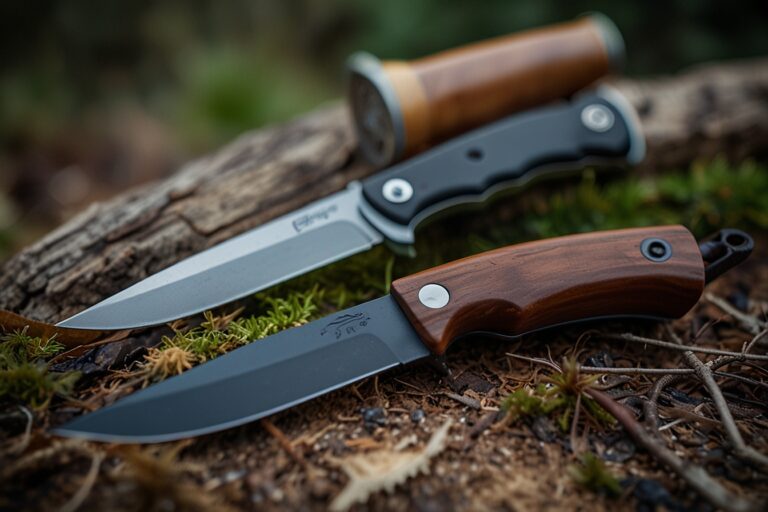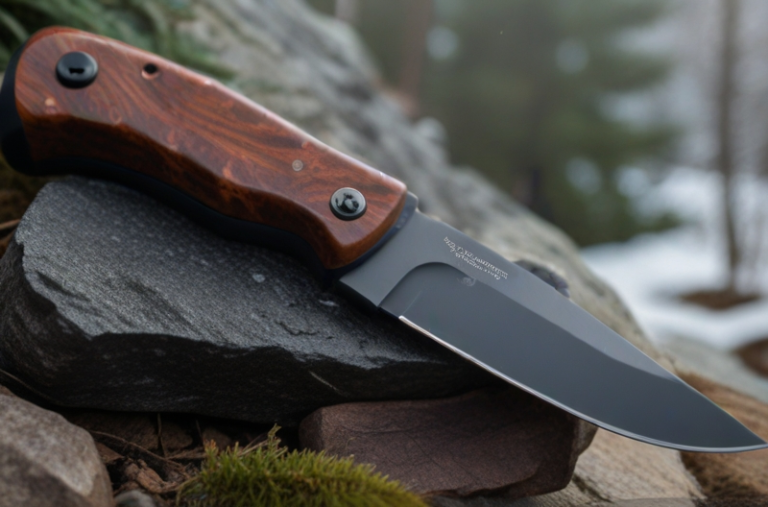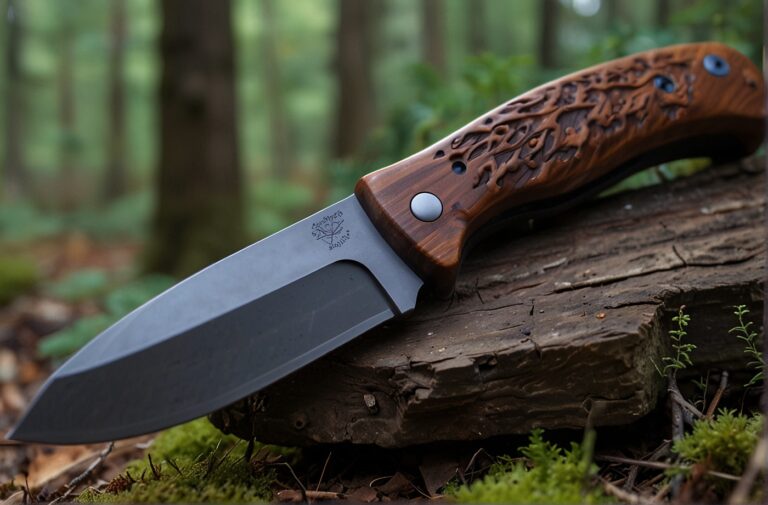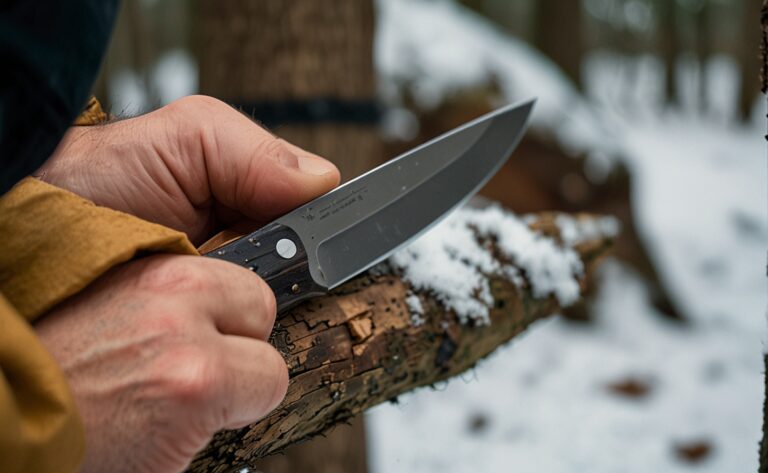Knife Grind Showdown: Scandi vs. Convex
When it comes to choosing a knife for outdoor adventures or everyday tasks, the grind of the blade plays a critical role in its performance. Two popular grinds that often find themselves in the spotlight are the Scandi grind and the Convex grind. Let’s take a closer look at how they stack up against each other:
Scandi Grind:
Pros:
- Superior edge retention: The flat bevel of the Scandi grind makes it easy to maintain a sharp edge for extended periods, ideal for tasks like woodworking and bushcraft.
- Ease of sharpening: With its simple geometry and single bevel, the Scandi grind is easy to sharpen even in the field with minimal tools, making it a favorite among outdoor enthusiasts.
- Excellent control: The wide bevel angle provides stability and control during carving and fine detail work, making it suitable for intricate tasks.
Cons:
- Limited slicing ability: Due to its thick geometry behind the edge, the Scandi grind may not excel in slicing tasks compared to other grinds like the convex.
- Prone to chipping: The thin edge of the Scandi grind can be susceptible to chipping when subjected to heavy-duty chopping or cutting through hard materials.
- Less versatile: While excellent for certain tasks, the Scandi grind may not be as versatile as other grinds for a wide range of cutting applications.
Convex Grind:
Pros:
- Durability: The gradual curve of the convex grind distributes force evenly along the edge, resulting in a robust and durable blade that can withstand heavy chopping and abuse.
- Superior slicing performance: The convex geometry allows for efficient slicing with minimal friction, making it well-suited for tasks like food preparation and skinning game.
- Versatility: The convex grind’s combination of strength and slicing ability makes it a versatile option for a wide range of cutting tasks, from outdoor survival to kitchen use.
Cons:
- Complex sharpening: Achieving and maintaining the convex edge requires specialized tools and techniques, making it more challenging to sharpen compared to simpler grinds like the Scandi.
- Less control for fine work: While excellent for slicing and chopping, the convex grind may offer less precision and control for intricate tasks like carving and woodworking.
- Potential for steeper learning curve: Due to its more specialized nature, users may need time to adjust to the unique characteristics of the convex grind compared to more traditional grinds.
In conclusion, both the Scandi grind and the Convex grind offer unique advantages and drawbacks, catering to different preferences and applications. Whether you prioritize edge retention and ease of sharpening or durability and slicing performance, understanding the characteristics of each grind can help you make an informed decision based on your specific needs and preferences.

